Having poor water pressure in your toilet can be an annoying problem. It can cause your toilet to flush slowly or prevent it from emptying. This means that waste could be left in your toilet bowl, which is embarrassing and unsanitary.
Low water pressure in your toilets is usually an easy fix. There are a few remedies that you can try at home to fix this issue. However, if you suspect that you are dealing with a bigger problem, it’s time to call in the professionals. A plumber can diagnose your problem quickly and will help get your toilet flushing at full power in no time.
To ensure that your toilet flushes properly, you need to have a significant force of water to push the waste through. If the pressure in your toilet is low, this force will be lacking. Numerous different problems could cause your toilet water pressure to go below standard levels.
Here are seven reasons that explain low water pressure when flushing a toilet:
Reason #1: The toilet flapper isn’t tight enough
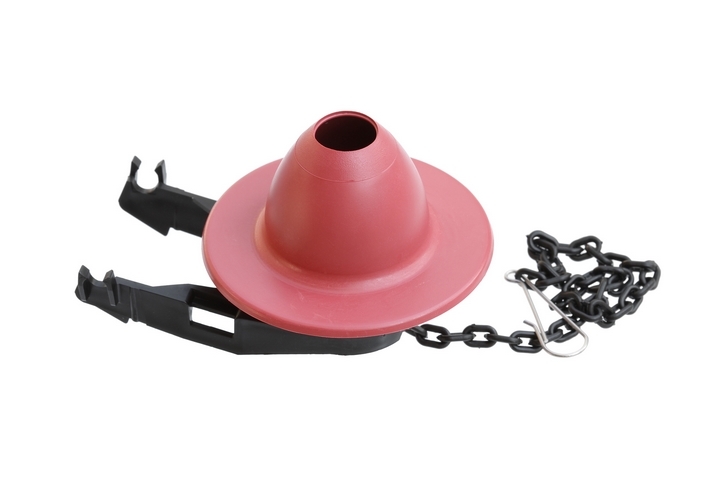
If there is too much slack in the flapper inside your toilet tank, the flapper won’t be able to open fully and will close too quickly. This means that there isn’t sufficient water flow entering the toilet bowl to flush the toilet. This is usually caused by the chain that attaches the flapper to the flush handle. When this chain is too long, you will have to hold down the handle until you get a good flush.
Fortunately, this problem has an easy solution. Simply lift off the lid to your toilet tank and shorten the chain. It should be tight enough that the flapper sits flush with the tank until the flush lever is pressed.
Reason #2: The tanks water level is too low
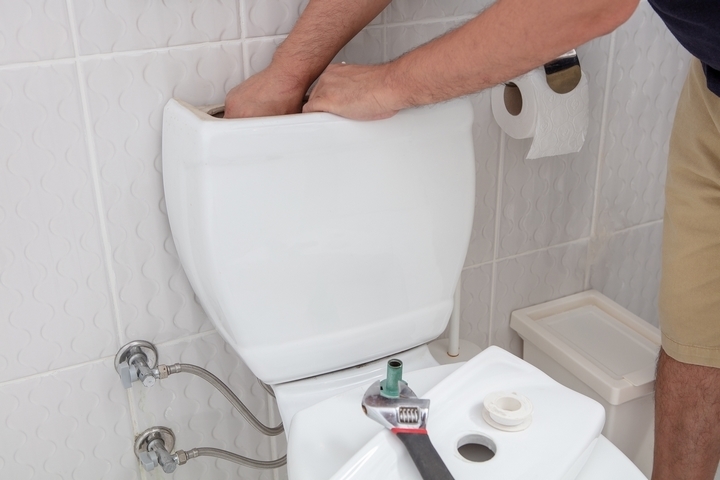
If there isn’t enough water in your tank, there won’t be sufficient water pressure to flush your toilet correctly. Low water in your tank will also put your toilet at risk for more frequent clogs.
When you look inside your tank, you will notice a marking indicating how high the water level should be. If your water level is below this mark, you will need to adjust to increasing the water level to the correct volume.
Reason #3: There is a clog in the siphon jet
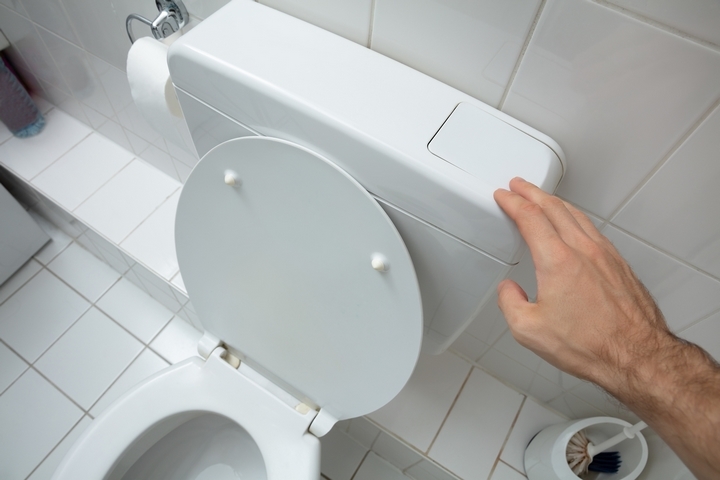
The siphon jet is a hole at the front of the toilet that shoots water to force waste from the toilet bowl and into the waste pipe. The siphon jet can become clogged due to calcium and mineral deposits build-up. This will cause the force of the jet spray to become diminished over time.
You can purchase a strong toilet cleaner and a sturdy cleaning brush from your local hardware store to fix this problem. Scrub the siphon jet hole well and remove all traces of the clog.
Reason #4: The rim jets are clogged
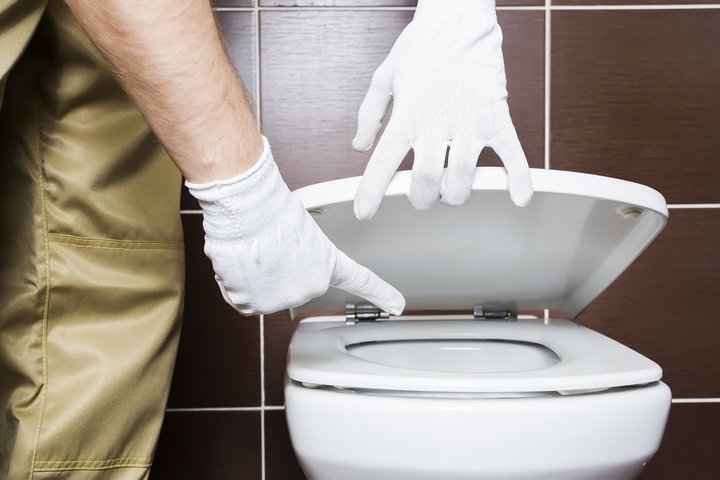
Like the siphon jet, the rim jets in your toilet help push waste out of the toilet and down your plumbing. The rim jets are tiny holes located just under the rim of your toilet bowl, and these can become clogged with mineral build-up. When this occurs, you can purchase a product called plumber’s putty to plug the jet holes. You can then flush your toilet with a strong cleaning solution by pouring it into your tank’s overflow tube. Allow this solution to sit for a while, and it will break down anything that may be clogging your rim jets.
Reason #5: The water level in the bowl is too low
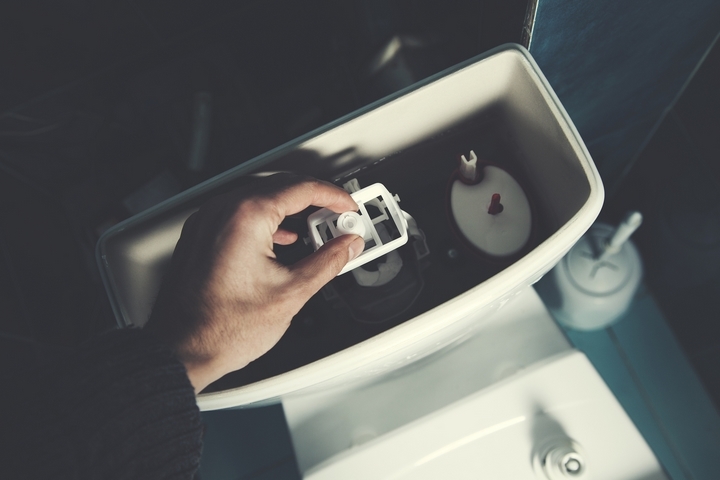
The amount of water in your toilet bowl will affect how much pressure there is when you flush your toilet. If the water level is too low, there may be an issue with the fill valve in your tank. In some instances, this valve may crack and leak water, reducing the amount of water filling your bowl.
If you suspect this may be causing your toilet water pressure problems, you should call a professional plumber to help.
Reason #6: There is a clog in the waste pipe
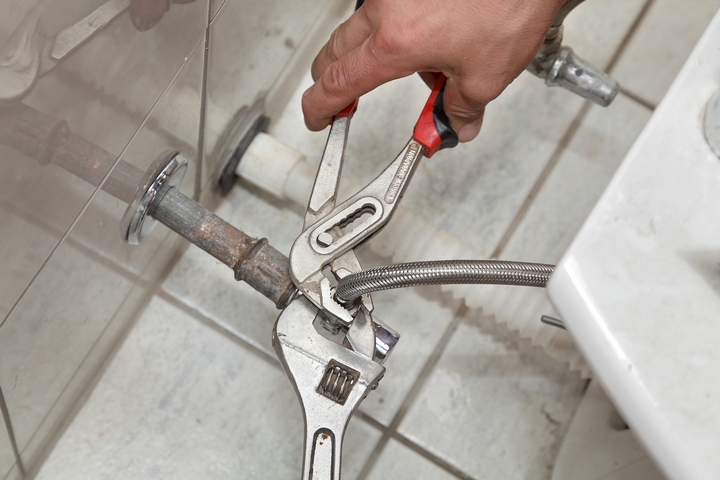
The waste pipe is the main pipe that connects your toilet to the house’s plumbing system. Debris, foreign items, or mineral build-ups can cause the waste pipe to become partially clogged. A partial clog will cause the contents of your toilet bowl to flush out much more slowly than usual. A plunger and some elbow grease should fix this issue, but give your plumber a call if it doesn’t.
Reason #7: There is an issue with the plumbing vent system
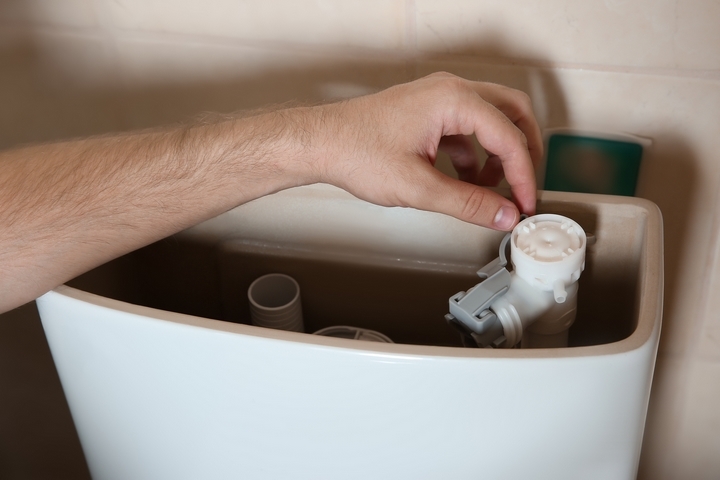
The vent stack is a plumbing drain line that runs vertically through your house and out of the roof. No water runs through this pipe. Its primary purpose is to allow fumes and gasses to escape, keeping your home from smelling and ensuring proper pressure in your plumbing system.
When debris builds up in the vent stack, it can cause numerous problems with your home’s plumbing, including a slow flushing toilet.
